The Berger Picard is a herder with a heart of gold and true intellect. These smart dogs are loyal and athletic companions. Easily recognized by their erect ears, this well-built dog excels in canine sports and all activities that challenge him mentally and physically. If you are looking for a good-natured and active pup that will keep you busy and entertained, then look no further than these lovely dogs. Read on to learn more about the Berger Picard.
Description of the Berger Picard
Historians believe that the Berger Picard is the oldest of the French sheepdogs. Having honed their incredible herding abilities over centuries of hard work, this breed is a loving and loyal home companion.
Once considered a member of the Briad and Beauceron class, the AKC finally recognized the Berger Picard as its own breed in 1925. Their most distinctive features include their erect ears, which stand 4 to 5 inches tall, long and lanky bodies, and alert eyes.
The coat of the Berger Picard is thick and tough, well-suited to inclement weather. The outer coat is harsh and crisp to the touch, while the undercoat is soft and dense. The Berger Picard is colored fawn or brindle.
Life Expectancy and Size
The Berger Picard is a generally healthy breed that lives an average of 12 – 13 years. Working with a reputable breeder is the best way to get the healthiest puppy possible, but always be prepared, as illness can strike at anytime.
Nicely balanced in size, this breed is sturdy and strong. Males stand 23.5 – 25.5 inches tall, females stand 21.5 – 23.5 inches tall, and they weigh 50 – 70 pounds.
Protective Ability
Alert and protective, the Berger Picard can make a great watch and guard dog. They are observant and often quick to inform you to the presence of strangers. They remain wary and guarded around people they do not know, but can warm up with proper introductions.
Training
Smart as a whip, the Berger Picard can learn quickly with proper motivation and training methods. These dogs thrive on interaction with their humans, so make training sessions fun and engaging for your dog.
Positive rewards-based methods are best with this breed. Using things like treats, toys, and games will give your dog lots of motivation and something to work towards.
Consistency and patience are also important when it comes to training your Berger Picard. Always follow through so your dog can know what to expect, and what you are asking of him. This will make training far less troublesome and much more efficient. Your dog wants to succeed so set him up for success!
Canine sports are a great choice for this breed. They are smart, independent thinkers that love a physical and mental challenge.
Energy Level
Bred to work long days in the field, these happy dogs are full of energy and stamina. They love going for long hikes or swims, but they absolutely need at least one long walk a day. The Berger Picard is a great choice for an adventurous person or someone who loves being active.
More sedentary families may find the Berger has more energy than they are ready for. This breed requires daily exercise and prefers to be active with his humans, so be prepared before adopting or you may end up making your dog and yourself miserable.
What Living with a Berger Picard is Like
This is an all-around kind breed.
Friendly with other dogs and loving of his family, the Berger Picard makes a great companion for an active lifestyle. They are loyal and protective of their loved ones, always alert and wary of strangers. But these happy and sweet dogs are a good friend to anyone they are acquainted with.
You can expect a very active companion in this breed. Whether running, swimming, herding, or playing games, these dogs love to move. If you prefer a couch companion you might want to consider a less active breed.
Care of the Berger Picard
Exercise is the biggest requirement for this breed. They love to move and will not do well without daily activity. Also giving your dog plenty of daily interaction will be the cherry on top and make your Berger Picard extremely happy.
Environmental Needs
The thick coat of the Berger Picard protects well against snow and rain making this breed ideal for cold and harsh climates. But these dogs can also adapt well to the heat, so long as they have a cool shady place to rest and fresh water.
Exercise Needs
These active dogs require at least an hour of exercise every day. They have plenty of endurance and love to go for long walks or hikes, but pretty much any activity will be fun for your Berger Picard.
They love to play and be active with you. Giving your dog a job like herding is also an ideal outlet for this breed. These dogs are excellent independent thinkers and activities that make them solve problems are perfect.
Shedding and Grooming
The thick coat of the Berger Picard is surprisingly simple to care for. He only requires a monthly brushing for most of the year, but you must up it to every day or every other day during shedding season.
This breed sheds moderately.
Regular nail trimming and ear cleaning is also an essential part of hygiene for your dog.
Ideal Home Environment
Athletic, good-natured, and smart, the Berger Picard does best in a loving home where he has plenty of exercise and affection. These dogs are great with kids and other pets, but wary around strangers. They love to move and are a great choice for active people.
It is important to acknowledge that this breed has potential health issues that can be expensive or time consuming to deal with.
Health Concerns
Hip and eye problems are the most common issues with this breed. Working with a reputable breeder and bringing your dog in for regular checkups are the best ways to help catch, treat, or prevent health problems.
Behavior Problems
Energetic and athletic, the Berger Picard needs plenty of daily exercise to stay happy. Without it this breed will become miserable and destructive. Be sure you give your dog plenty of physical activity every day.
Early socialization is a great way to help this dog grow into his best self. The reserved Berger Picard must have lots of stimulation when he is young – perhaps more than other breeds.

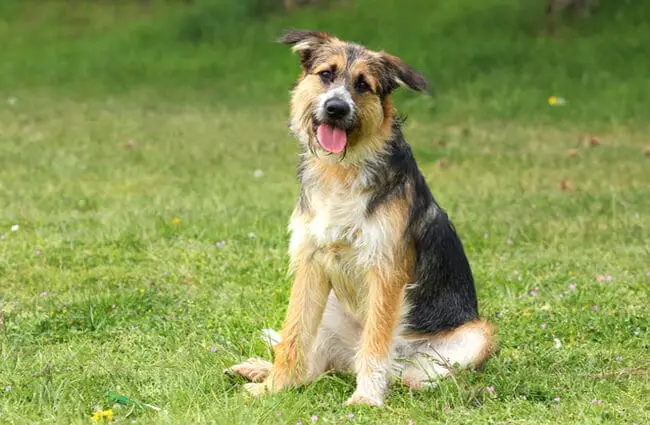
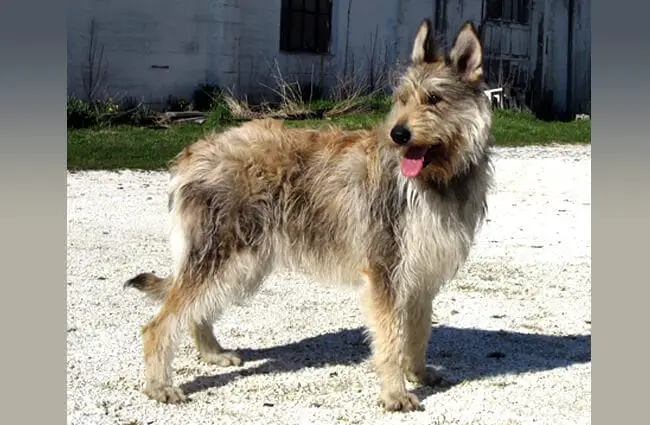

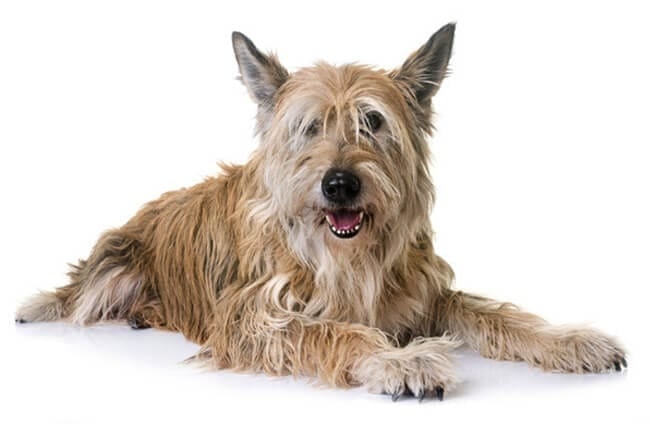
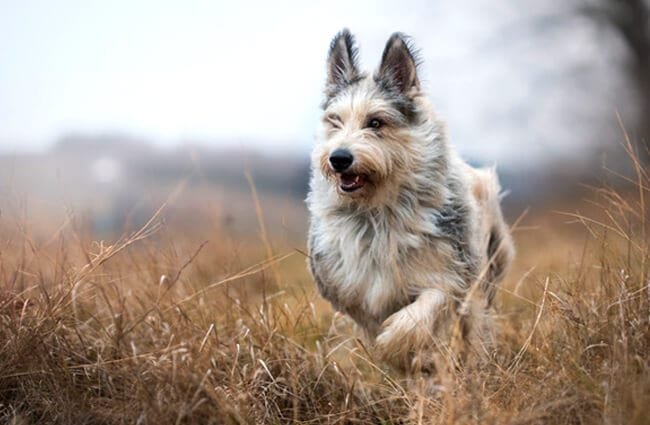
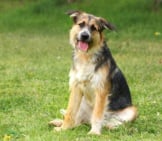

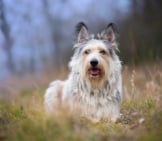
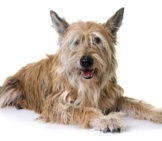
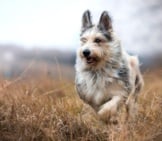













![Red Angus Closeup of a beautiful Red Angus cowPhoto by: U.S. Department of Agriculture [pubic domain]https://creativecommons.org/licenses/by/2.0/](https://animals.net/wp-content/uploads/2020/03/Red-Angus-4-100x75.jpg)

